Bashista Orchards in Southampton to host large-scale solar project
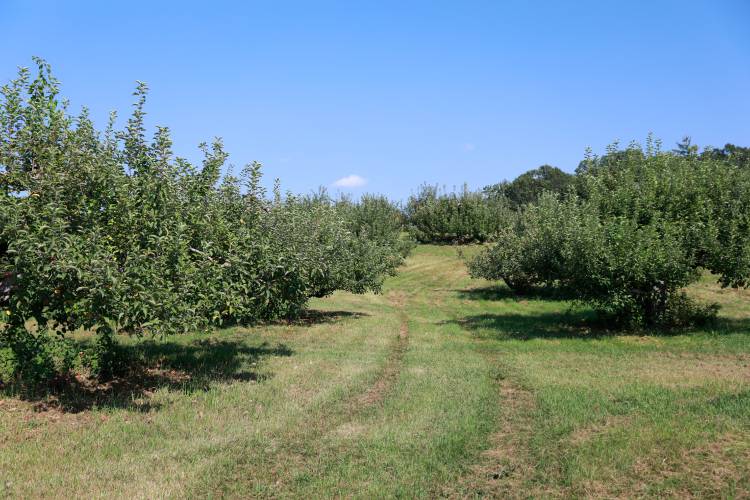
Apple trees in the lower elevations at Bashista Orchards in Southampton suffered heavy damage and crop loss by a hard frost in May affecting the pick-your-own apples. gazette file photo
|
Published: 01-09-2024 5:34 PM
Modified: 01-10-2024 9:26 AM |
SOUTHAMPTON — By the end of the year, a large-scale solar project at Bashista Orchards could be completed, generating nearly 2 megawatts of electricity and helping provide some stability to the farm in the face of climate change.
The project was approved by the Planning Board in December and will expand the upper agricultural production area of Bashista Orchards, the longstanding fruit orchard business that owns the property at 160 East St.
As an “agrivoltaics” solar development, also referred to as “dual-use solar,” the solar panels will be located on viable agricultural land, where energy and agricultural production will occur concurrently. The solar array will be set on 19.1 acres of the 94-acre parcel of land.
“It seems like a win-win,” said Tom Bashista, co-owner of the farm. “It’s nothing anybody is going to get rich on, but it’s steady income … and we get to keep farming the land. … The solar array is actually going to be incorporated within the orchard.”
Bashista Orchards has a 25-year lease with BlueWave Solar, the project developer. While Bashista receives income from the lease, BlueWave will collect incentives and energy.
Based in Boston, BlueWave has been undertaking solar projects since 2010 and currently has around 60 projects already developed or in development, including a much larger dual-use solar project off of Pine Meadow Road in Northfield.
That project, which totals 26,000 panels and will produce 10.9 megawatts of energy, is back on track after an appeal was dismissed in September, though a timeline is currently unclear.
Bashista said he had talked to other solar companies prior to BlueWave, but most companies wanted to clear-cut the top of the hill and build a typical ground-mount solar array, which would have been more visible from the road.
Article continues after...
Yesterday's Most Read Articles
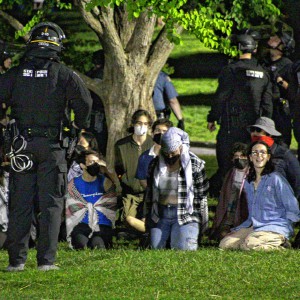 More than 130 arrested at pro-Palestinian protest at UMass
More than 130 arrested at pro-Palestinian protest at UMass
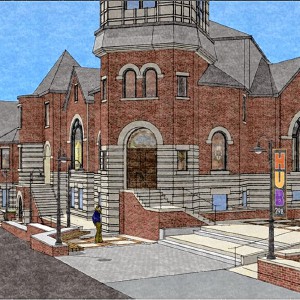 Public gets a look at progress on Northampton Resilience Hub
Public gets a look at progress on Northampton Resilience Hub
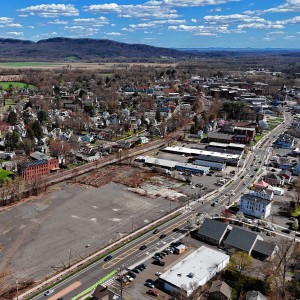 Northampton bans auto dealerships near downtown; zone change won’t affect Volvo operation on King Street
Northampton bans auto dealerships near downtown; zone change won’t affect Volvo operation on King Street
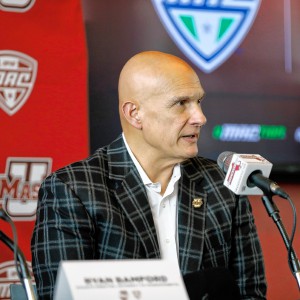 UMass basketball: Bryant forward Daniel Rivera to be Minutemen’s first transfer of the offseason
UMass basketball: Bryant forward Daniel Rivera to be Minutemen’s first transfer of the offseason
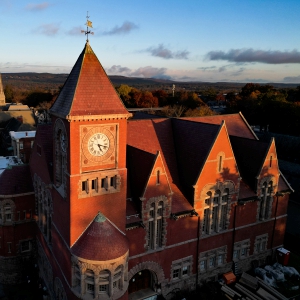 Town manager’s plan shorts Amherst Regional Schools’ budget
Town manager’s plan shorts Amherst Regional Schools’ budget
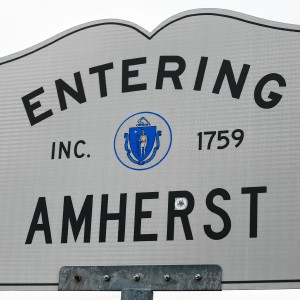 Police respond to alcohol-fueled incidents in Amherst
Police respond to alcohol-fueled incidents in Amherst
“That’s not what I wanted to see happen in this town,” Bashista said, adding that the upper area of the land is the most viable for crop production.
The farm is located in a “bowl” where parts of the land lay much lower, and subsequently become much colder, than other areas.
Over the past six years, he said, the farm saw two or three years where crop yields in the bottom section of the orchard were wiped out due to low temperatures and freezes.
“We have better crops on the top of the hill,” Bashista said. “So we are looking to expand our orchard on the top of the hill where we have reliable crop and better airflow.”
Where the project requires removal of forest trees for construction of the solar panels, around 200 orchard trees representing a mix of 30 varieties will be planted.
“That will include some varieties that sell well, so that even if it’s a bad crop year because of the lower orchard, we have something,” he said.
Another section of panels will be built in the hay production area of the land.
“What’s really nice about agrivoltaics is it’s really looking at that intero-space in between the rows of panels and saying, ‘what can we still use that land for productively whether that’s habitat, whether that’s agriculture,” Jesse Robertson-DuBois, director of sustainable solar development at BlueWave, said at a Planning Board meeting in December.
“For an orchard system you have this area in the middle of the panels where the trees can be planted and cultivated, and have basically full sunlight,” Robertson-DuBois said, adding that the trees will be pruned enough that they do not shade the panels.
The panels will be elevated, standing at about 10 feet and moving to follow the sun throughout the day, and they will be spaced further apart than most ground-mount solar to provide enough sunlight for crops.
The project will involve an 18- to 20-foot access road from East Street, according to Steve Herzog, senior environmental project manager at Vanasse Hangen Brustlin, the environmental consultant and civil engineer for the project. Also included in the project plans are a battery energy storage system and fencing.
An underground conduit will follow the access road and take the electricity to several above-ground poles, with the rest of electrical equipment underground.
The panels are modeled to last for 35 years, with some degradation over time.
Tree removal for the project is likely to begin in the winter, and subsequent construction will last somewhere between three months and one year.
Maddie Fabian can be reached at mfabian@gazettenet.com.

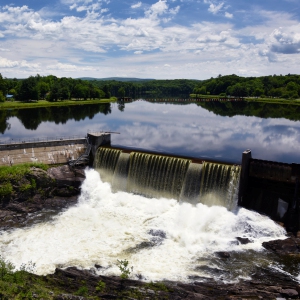 Valley lawmakers seek shorter license for FirstLight hydropower projects
Valley lawmakers seek shorter license for FirstLight hydropower projects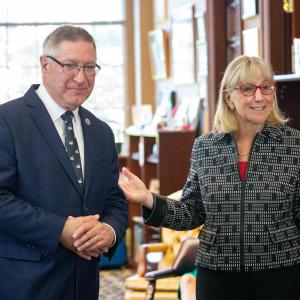 State Senate budget funds free community college for all
State Senate budget funds free community college for all ‘We can just be who we are’: Thousands show support for LGBTQ community at Hampshire Pride
‘We can just be who we are’: Thousands show support for LGBTQ community at Hampshire Pride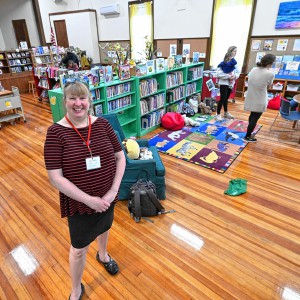 Doors open at Tilton Library’s temporary home at South Deerfield Congregational Church
Doors open at Tilton Library’s temporary home at South Deerfield Congregational Church
